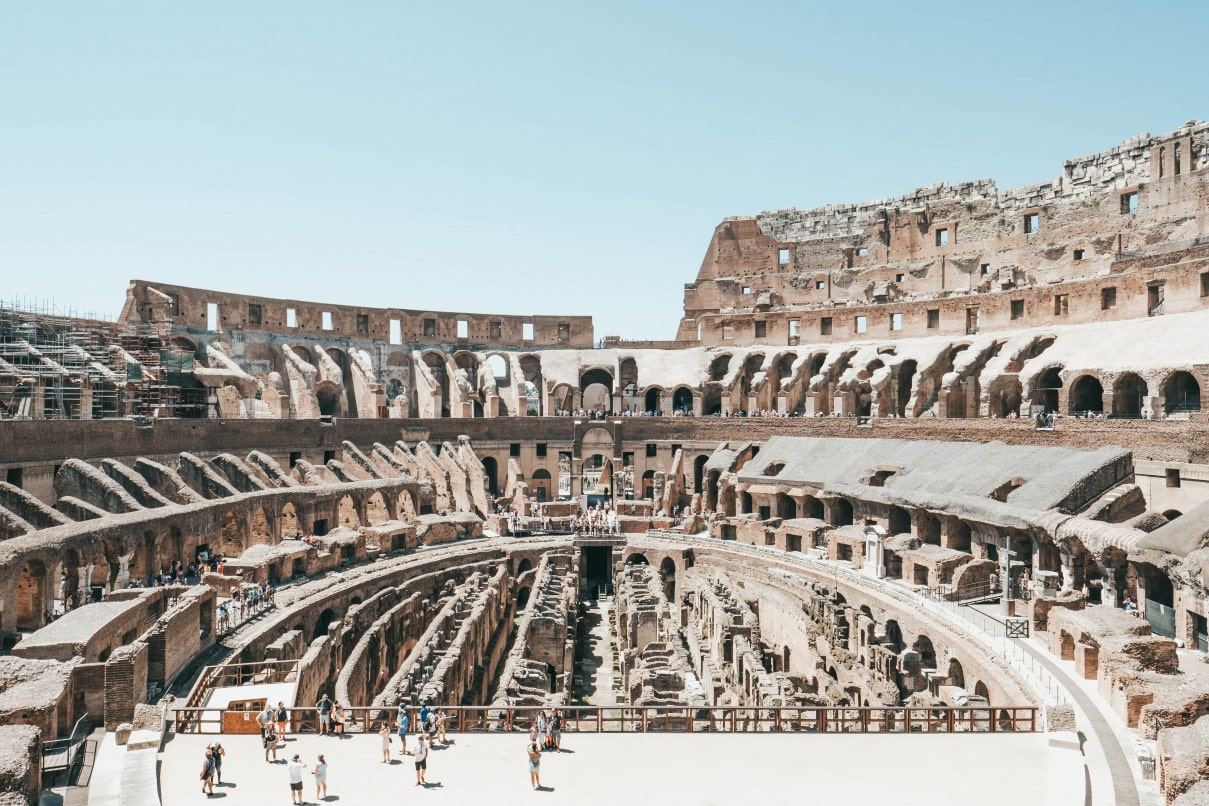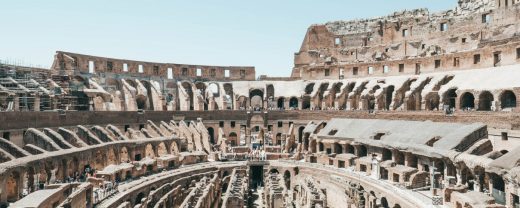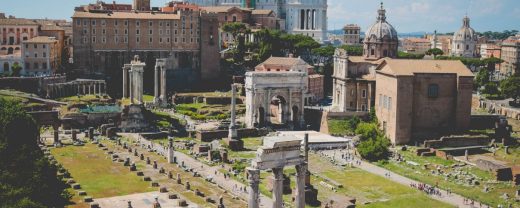There are many ways to discover the cities of Europe – through their distinctive cultures, cuisines or natural landscapes. You can also sometimes find the soul of a country through its architecture.
A city’s architecture is another way of linking the past with the present. It retells stories through the ages, and will often bring together themes of art, religion, history and science. Sometimes, you’ll pause for a selfie and then walk on. Other times, the architecture really speaks to you, and draws you back time and again.
Wherever you travel in Europe you’re sure to find at least a few renowned architectural landmarks, be they monuments, buildings or feats of engineering. Here’s ten architectural icons from around Europe that everybody should see at least once in their lives.
Sagrada Familia, Barcelona
Barcelona is dotted with works by Antoni Gaudi, the Catalan Modernist architect. His incredible magnum opus, the Gothic / Art Nouveau Sagrada Familia, is one of the city’s most popular attractions, and certainly its most recognisable. Gaudi took over the project to build a Roman Catholic church in 1883 and today, almost a century after his death, it is still nowhere near completion. The Sagrada Familia is without doubt one of the most extraordinary, colourful and ambitious architectural gems in Europe.
Colosseum, Rome
Rome’s Flavian amphitheatre was built between AD72 and AD80, and it’s a testament to the skill of the architects and the quality of the workmanship that it’s still in such good condition today. The Colosseum was the setting for a wide range of Roman entertainments, from the bloodthirsty like gladiatorial combat to milder pursuits such as theatre. One of many highlights of a guided tour is seeing Ancient Roman graffiti etched into the walls hundreds of years ago and yet still clearly legible today.
Saint Basil’s Cathedral, Moscow
Resembling a colourful bonfire, Saint Basil’s Cathedral looks out across Red Square, and was built in the 16th century by Ivan the Terrible. Legend has it that after the structure was completed, Ivan had the builders blinded so that they could never create anything similar – which seems a little harsh.
Big Ben, London
A British cultural icon, Big Ben stands at the north end of the Palace of Westminster, the seat of government. Though most people assume the name refers to the clock tower, it is actually the bell inside that is called Big Ben, and it weighs over 13 tons. It was for a long time considered to be the most accurate clock in the world.
Cologne Cathedral, Cologne
A Gothic masterpiece, Cologne Cathedral is the most-visited tourist attraction in German. Construction began in the 13th century but the famous twin spires, some of the tallest in Europe, were only added in the 19th century. While the spires proved an easy target for Allied bombers during WWII, luckily the cathedral survived and has now become a UNESCO World Heritage Site.
Leaning Tower of Pisa, Pisa
There has always been some confusion over who the architect and builder of the Leaning Tower of Pisa in Tuscany actually were. Perhaps they would be pleased not to be identified, because unfortunately a pretty big mistake was made during construction, and the tower was built on land too soft for the foundations. Consequently the Tower of Pisa began to lean, and lean, and lean further until by the 20th century it was looking dangerously close to collapse, and had to be stabilized. Despite that, this is is one of the most famous images of Italy around the world.
Stonehenge
Mystery surrounds Stonehenge, a Prehistoric monument composed of a ring of massive stone blocks. Not just about how it was built, but what it was actually for – a burial site? A healing place? A site of worship? Or maybe all of them. Still, Stonehenge is one of the most well-known landmarks in the UK, and a major site of New Age pilgrimage during solstices and equinoxes – not without controversy. The visitor centre here is also very prestigious, making it a must-see excursion from London for many tourists.
The Acropolis, Athens
The Acropolis of Athens is far from the only one of its kind in Greece, but what is most important about this ancient citadel is the other buildings contained within it, which are of incredible religious and historic significance. Chief among them is the Parthenon, built in the 5th century BC and considered to be the birthplace of a couple of little things we like to call democracy and western civilization.
Neuschwanstein Castle, Bavaria
From classical to fairytale, Neuschwanstein Castle is a Romanesque Revival palace in South Bavaria that has not only appeared in a host of movies, but is thought to have inspired Sleeping Beauty’s castle. Up to 6000 people tour the castle grounds and interiors every single day during the summer months, but frankly nothing can compare to the view from half a mile away – it really is the quintessential fairytale castle.
Turning Torso, Stockholm
We’re going to finish our list of must-see European monuments with a modern icon, and the tallest building in Sweden – the Turning Torso of Stockholm. This award-winning, neo-modernist residential skyscraper from Spanish architect Santiago Calatrava is thought to be the world’s first ‘twisting tower’ and it really is a stunner.


